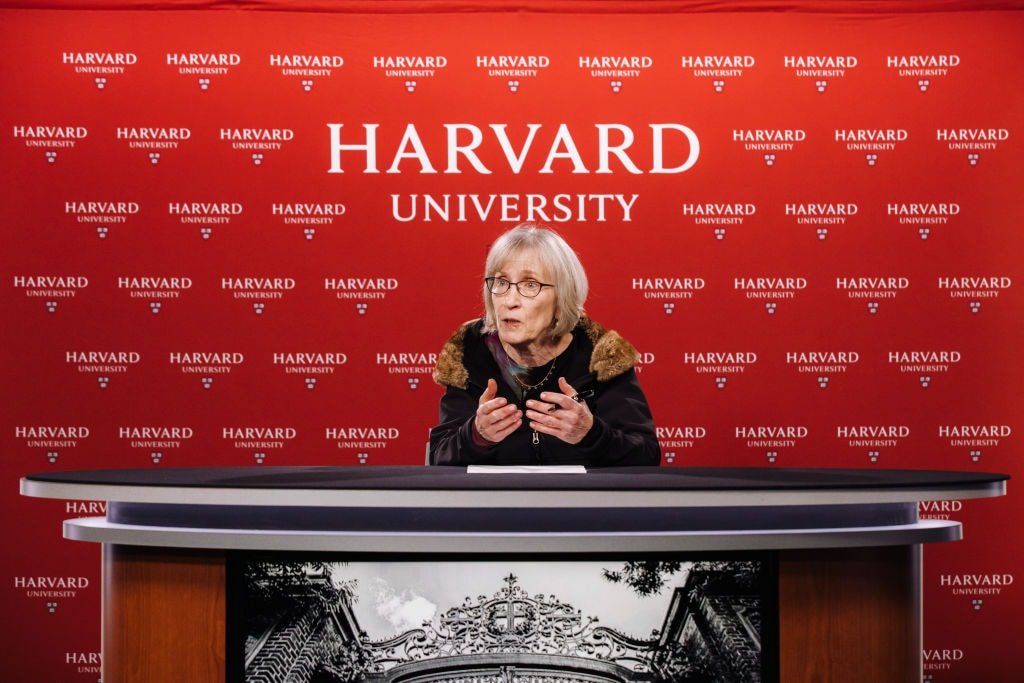PiProfessor of Economics at Harvard, Claudia Goldin has devoted her career to studying the economics of labor and women, analyzing how trends have changed over the course of a century
There is also Claudia Goldin among its winners Nobel Prizesawarded in the week of October 2 to 9: the American economist is one of four women awarded this year along with Hungarian biochemist Katalin Karikò (Nobel Medicine for her discoveries in vaccines against Covid-19), French physicist Anne L ‘Huillier (Nobel Prize in Physics with Pierre Agostini, Ferenc Krausz) and the Iranian activist Narges Mohammadi (Peace Nobel).
Goldin, Professor of Economics atHarvard University, was honored by the Royal Swedish Academy of Sciences for her studies on the gender gap. Born on January 27, 1946, she became a leading figure in the field of economics thanks to her research in the field of labor economics and women’s economics. In fact, his studies are focused on gender inequality in wages and employment opportunities, and on the history of women’s employment in the United States. One of his best-known works is precisely about “gender pay gap‘, the now well-known gender pay gap, and looked at how this gap has narrowed over time and how women’s education and career decisions have influenced this trend.
The reasons for the Nobel Prize
The Royal Swedish Academy of Sciences, in the reasons for the Nobel Prize, wanted to underline the fundamental contribution of the economist “improving our understanding of women’s labor market performance”, and her discovery of the “key drivers of gender differences in the labor market”.
“Women are is largely underrepresented in the global labor market and, when they work, they earn less than men – the Academy emphasizes again – Claudia Goldin has explored the archives and collected data for more than 200 years from the United States, showing how and why gender differences in earnings and employment rates change over time.” Through her work, Goldin showed how female labor force participation did not trend upward throughout the study, but instead shaped a U-shaped curveresult of structural change and the evolution of social norms regarding women’s responsibilities for home and family.
“During the 20th century, women’s educational attainment rose steadily and in most high-income countries it is now significantly higher than that of men – they continue from the Royal Swedish Academy – Goldin showed that access to the contraceptive pill played an important role in accelerating this revolutionary change, offering new career planning opportunities.”

Goldin’s career grew up in the Bronx and went to Harvard
Goldin is co-director of the National Bureau of Economic Research’s Gender in the Economy Study Group and was director of the NBER’s “Growth of the American Economy” program from 1989 to 2017. Born in New York, raised in the Bronx, and as a child her dream was to become an archaeologist. He eventually decided to study economics and after graduating from Cornell entered the University of Chicago’s PhD program in Economics. After graduation, he taught at the University of Wisconsin-Madison, Princeton University, and the University of Pennsylvania, before joining the Harvard University Economics Department in 1990.
The economist was president of the American Economic Association in 2013/2014 and president of the Economic History Association in 1999/2000. He is a member of numerous organizations, including the American Academy of Political and Social Sciences, the Society of Labor Economists, the Econometric Society, and the American Academy of Arts and Sciences. It is also part of the National Academy of Sciences.
The treatise on how to reconcile career and family
Among her many publications, the book “Career and Family” (Princeton University Press), published in 2021, stands out: “A century ago, it was a given that a woman with a degree had to choose between career and family. Today we have more women with degrees than ever before, and more and more women want to have careers and families, but challenges persist at work and at home – Goldin underlines in the volume – This book describes how generations of women responded to the problem of combining work and family as the twentieth century saw a sea change in gender equality, revealing why real equality for dual-career couples remains frustratingly out of reach. Anti-discrimination laws and impartial administrators, while valuable, are not enough. We need to make fundamental changes to the way we work and how we value care if we are to achieve gender equality and couple equality.’

